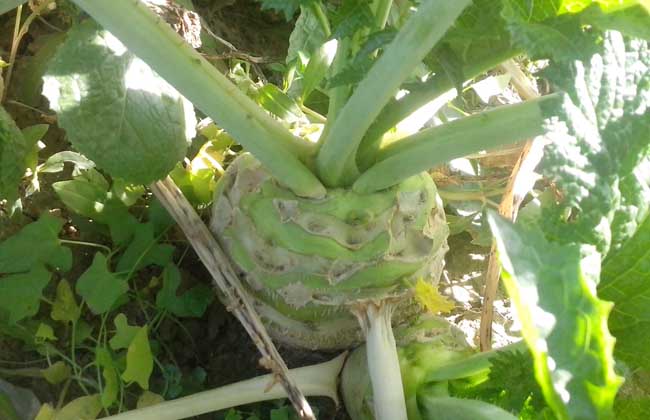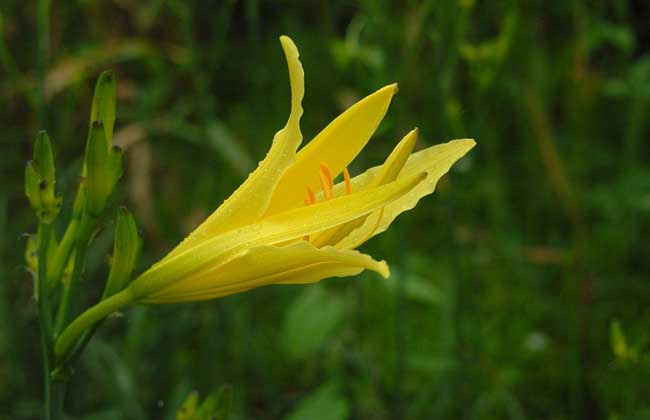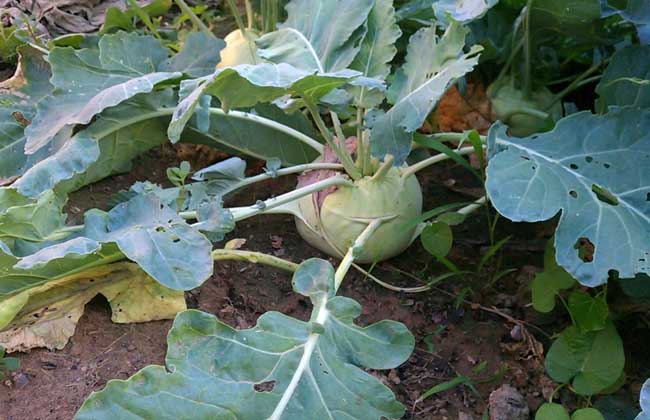What is mustard?

Mustard is a famous specialty vegetable in China, also known as cover vegetable, mustard, hanging vegetable, etc. it is an annual or biennial herb of Brassica cruciferae. Most of the common vegetables cultivated all over the country are distributed in the provinces south of the Yangtze River, except in cold and arid areas. there is no distribution boundary in China, ranging from coastal provinces in the east to * * Uygur Autonomous region in the west, Sanya City in Hainan Province in the south and Mohe City in Heilongjiang Province in the north. Mustard is cultivated from the middle and lower reaches of the Yangtze River to the Qinghai-Tibet Plateau.
Mustard is 30-150 cm tall, often glabrous, and sometimes young stems and leaves are hairy, powdery and spicy. Stem erect, branched. Basal leaves broadly ovate to Obovate, 15 cm long, apex obtuse, base cuneate, pinnatifid, with 2-3 pairs of lobes, or indehiscent, margin with notches or teeth, petiole 3-9 cm long, with lobules, lower leaves of stem smaller, margin notched or dentate, sometimes obtusely serrate, not clasping, upper leaves of stem narrowly lanceolate, 2.5 cm long and 4 mm wide. Margin inconspicuously sparsely dentate or entire.
The raceme of mustard is terminal, elongated after anthesis, flowers yellow, 7 × 10 mm in diam., pedicel 4 × 9 mm long, sepals yellowish, oblong-elliptic, 4 × 5 mm long, erect, petals Obovate, 8 × 10 mm long, 4 × 5 mm long. Siliques linear, 3 × 5.5 cm long and 2 × 3.5 mm wide, petals with 1 prominent midrib, beak 6 × 12 mm, pedicel 5 × 15 mm. Seeds globose, ca. 1 mm in diam., purple-brown. The florescence is from March to May and the fruiting period is from May to June.
The budding, bolting, flowering and fruiting of mustard need to go through the conditions of low temperature vernalization and long sunshine. Autumn sowing is dominant in the north and south of China. The Yangtze River valley, southwest and South China are harvested in winter or the next spring, and the north is harvested before frost. Leaf mustard eaten by young plants can be sown in spring or summer in the south. During the growing period, it is easy to bolt when exposed to long sunshine, which affects the growth of edible organs.
Mustard is rich in vitamin A, vitamin B, vitamin C and vitamin D, and a large amount of ascorbic acid is a very active reducing substance, which participates in the important redox process of the body and can increase the content of oxygen in the brain. stimulate the brain's use of oxygen, refreshing and refreshing the brain to relieve fatigue. Seed grinding is called mustard, which is a seasoning. The oil extracted is called mustard oil.
Related
- A course of planting techniques and methods on how to grow carrots
- How to plant the latest tulips?
- Is it better to pick tea in the morning or in the afternoon? When is the best time for tea to be picked? what is the third or fifth tea?
- Launch Yuanxiao Happy combination Haocha + Tea Yuan healthy Taste
- Penghu Tourism "Fireworks 20 Parade with You"
- 2022 West Lake Happiness holds "Digital Revitalization Voucher" and draws iphone13 and laptop.
- Banqiao Fuzhou social houses are designed to change start-up combined with police elimination to create a safe and livable environment
- The convenient measure of "mechanical weeding" in Xinbei has been abused and the Agriculture Bureau has imposed heavy penalties on the illegal land consolidation.
- Changgeng University Joins Hands with Four Memory Factories to Rescue Memory Talent Shortage
- The list of Taiwan's top 100 MVP managers is listed by the Director-General of the Farmers' Association of Sanxia District.



